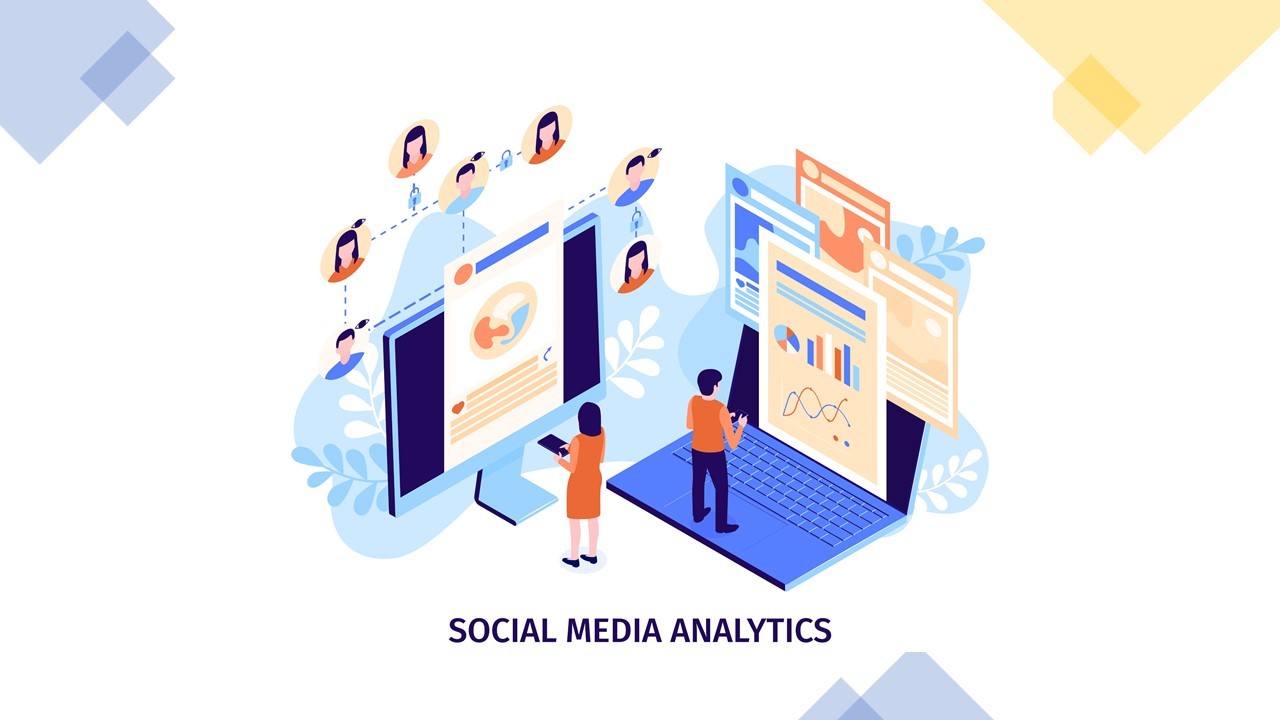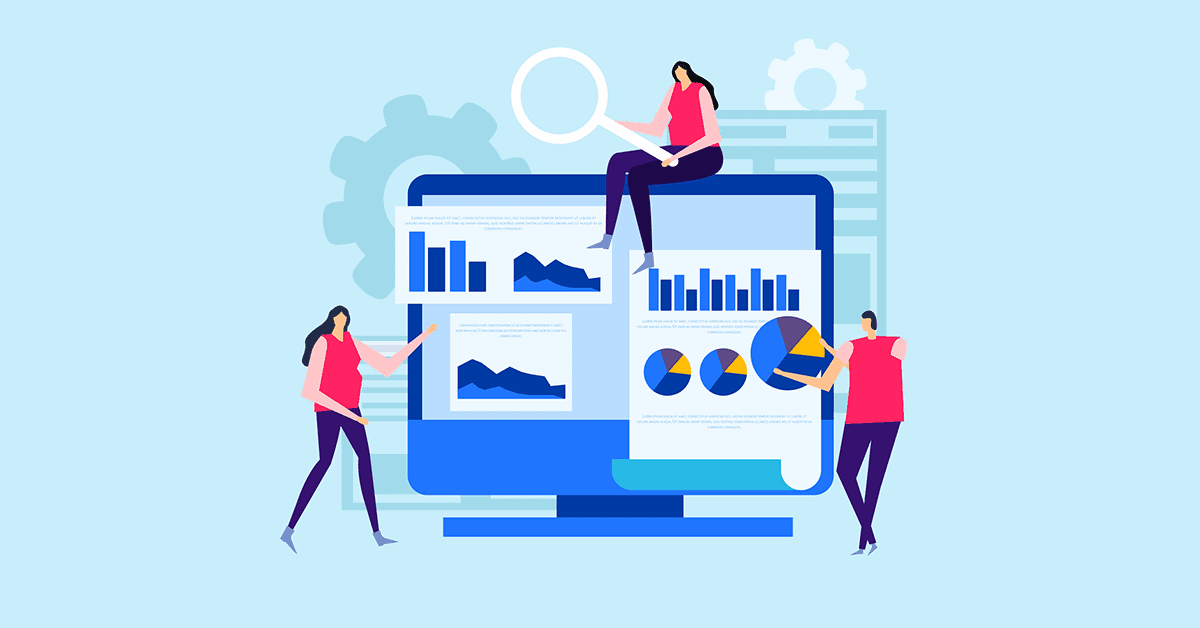In the fast-paced digital landscape, understanding and analyzing your social media performance is crucial for business success. Fortunately, there’s a plethora of free social media analytics tools available, offering valuable insights without breaking the bank. In this article, we’ll explore the advantages of using these tools, delve into their features, and provide practical tips on maximizing their potential.
Advantages of Free Social Media Analytics Tools

1. Cost-Effective Solutions for Businesses on a Budget
For businesses with limited financial resources, free social media analytics tools offer a lifeline. These tools provide essential insights without the hefty price tag, allowing small enterprises to compete with more substantial players in the digital arena.
2. Accessibility and User-Friendly Interfaces
One of the key advantages of free tools is their accessibility. Most of them come with user-friendly interfaces, making them suitable for users with varying levels of technical expertise. This democratization of analytics empowers businesses of all sizes to harness the power of data-driven decision-making.
Top Free Social Media Analytics Tools
1. Google Analytics
A stalwart in the analytics realm, Google Analytics extends its capabilities to social media tracking. By integrating your social media accounts, you can gain a comprehensive overview of user interactions, website referrals, and more.
2. Facebook Insights
For businesses leveraging the immense user base of Facebook, Facebook Insights provides invaluable data on audience demographics, post reach, and engagement. Understanding your Facebook audience is key to tailoring content to their preferences.
3. Twitter Analytics
Unlocking the secrets of tweet performance is made easy with Twitter Analytics. Track impressions, engagement, and discover which tweets resonate most with your audience, helping you refine your Twitter strategy.
4. Instagram Insights
As a visual-centric platform, Instagram Insights focuses on visual content analytics. Keep tabs on follower growth, popular posts, and audience demographics, allowing you to fine-tune your Instagram marketing efforts.
Features and Metrics to Look For
Understanding the features and metrics these tools offer is vital for effective analysis. From audience demographics to engagement metrics, each tool brings a unique set of capabilities to the table.
Overview of Essential Features
- Demographic data: Understanding your audience’s age, location, and interests.
- Engagement metrics: Evaluating likes, shares, comments, and overall interaction.
- Traffic sources: Identifying where your social media traffic originates.
Key Metrics for Effective Analysis
- Conversion rates: Assessing how social media efforts translate into tangible results.
- Click-through rates: Gauging the effectiveness of your call-to-action strategies.
- Popular content: Identifying trends and replicating successful content.
How to Utilize Google Analytics for Social Media
1. Integrating Social Media Tracking
Begin by linking your social media accounts to Google Analytics. This integration provides a centralized dashboard, allowing you to monitor social media performance alongside other website metrics.
2. Analyzing Audience Behavior
Dive into the Audience section to understand the behavior of your social media audience. Analyze user demographics, interests, and engagement patterns to tailor your content accordingly.
Unlocking Facebook Insights for Business Growth
1. Understanding Audience Demographics
Navigate to the People section in Facebook Insights to gain insights into your audience’s age, gender, and location. Use this information to refine your content strategy and target specific demographics.
2. Monitoring Post Engagement
Evaluate the performance of your posts in the Posts section. Identify the most engaging content and optimize your posting schedule based on when your audience is most active.
Twitter Analytics: Unveiling Tweet Performance
1. Analyzing Tweet Impressions
Twitter Analytics provides a detailed breakdown of tweet impressions, engagement, and clicks. Use this data to identify the type of content that resonates with your Twitter audience and adjust your strategy accordingly.
2. Identifying Popular Content
Explore the Top Tweets section to discover your most popular content. Understanding the characteristics of successful tweets enables you to create more impactful and shareable content.
Instagram Insights: Visualizing Success
1. Leveraging Visual Content Analytics
Given Instagram’s visual nature, focus on the Content section in Instagram Insights. Analyze the performance of your visual content, including photos and videos, to refine your visual strategy.
2. Tracking Follower Growth
Keep a close eye on your follower growth in the Audience section. Identify trends and correlate spikes with specific content or campaigns to understand what resonates with your Instagram audience.
Common Challenges and Solutions
1. Addressing Data Accuracy Concerns
One common concern with free analytics tools is the accuracy of data. Ensure that your tracking codes are correctly implemented to minimize discrepancies and ensure reliable insights.
2. Overcoming Platform Limitations
While free tools offer valuable insights, they may have limitations compared to their premium counterparts. Understand these limitations and supplement with additional tools if needed to fill the gaps.
Tips for Maximizing Insights
1. Regularly Reviewing Analytics Reports
Set aside time to review your analytics reports regularly. Trends and audience preferences can change, and staying informed ensures that your content remains relevant and engaging.
2. Adjusting Strategies Based on Findings
Analytics provide actionable insights. Use the data to adjust your social media strategies. If a particular type of content performs exceptionally well, consider creating more of that content to capitalize on its success.
Comparing Free Social Media Analytics Tools vs. Paid Analytics Tools
Before committing to a particular tool, weigh the pros and cons of free and paid options. While free tools offer significant value, businesses with more extensive analytics needs may find premium tools more suitable.
Weighing the Pros and Cons
Consider factors such as available features, data accuracy, and customer support when evaluating different tools. Make an informed decision based on your business requirements and goals.
Determining the Best Fit for Your Business
Every business is unique, and the best analytics tool for one may not be ideal for another. Consider your business goals, target audience, and budget constraints when choosing the tool that aligns with your needs.
Future Trends in Free Social Media Analytics Tools
1. AI and Machine Learning Advancements
The future of social media analytics lies in AI and machine learning advancements. These technologies will enable more accurate predictions, automated insights, and a deeper understanding of user behavior.
2. Predictive Analytics for Proactive Decision-Making
Predictive analytics will become increasingly valuable, allowing businesses to make proactive decisions based on anticipated trends. Stay ahead of the curve by embracing these predictive tools to gain a competitive edge.
Conclusion
In conclusion, free social media analytics tools are invaluable assets for businesses aiming to thrive in the digital landscape. By understanding the advantages of these tools, exploring their features, and implementing effective strategies, businesses can unlock the power of data-driven decision-making, leading to sustained growth and success.
Unlock the Full Potential of Your Social Media Strategy! Request a Demo from AIM Technologies Today!
FAQs
Are free social media analytics tools suitable for small businesses?
- Absolutely! These tools offer cost-effective solutions, making them ideal for small businesses with budget constraints.
How often should I review my analytics reports?
- Regular reviews, at least monthly, are recommended to stay updated on changing trends and audience preferences.
Can free tools provide accurate data?
- While free tools are generally reliable, it’s crucial to ensure the correct implementation of tracking codes to maintain data accuracy.
What is predictive analytics, and how does it benefit social media strategies?
- Predictive analytics involves forecasting future trends based on historical data, helping businesses make proactive decisions for their social media strategies.
Is it necessary to supplement free tools with paid options?
- Depending on your business needs, supplementing with paid options may be beneficial to access advanced features and comprehensive analytics.




